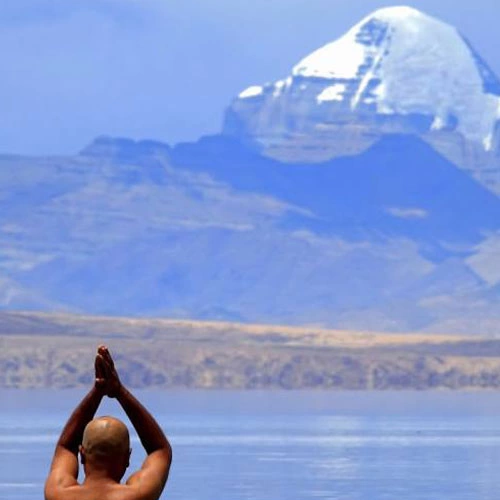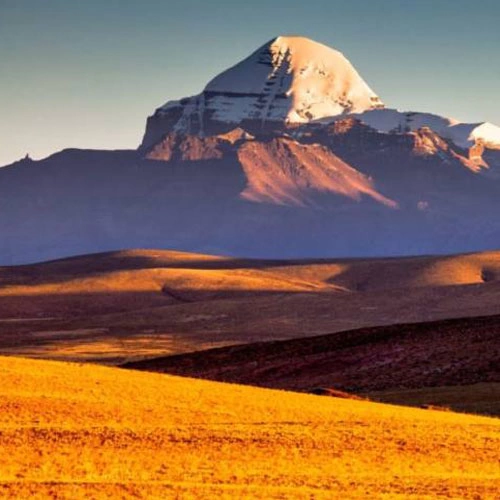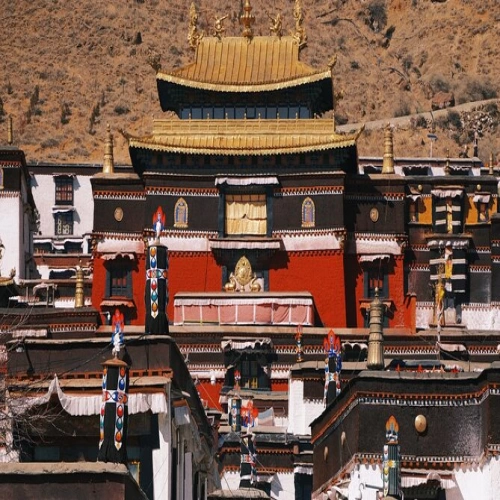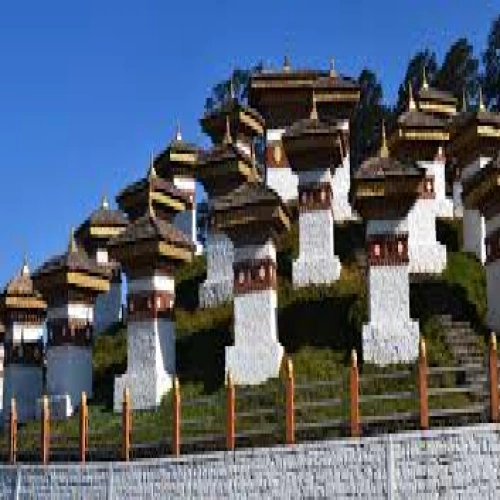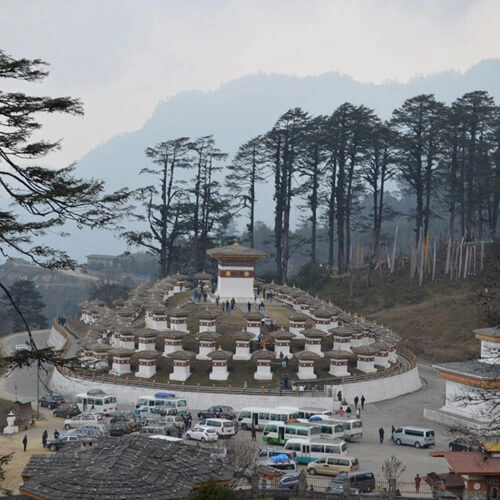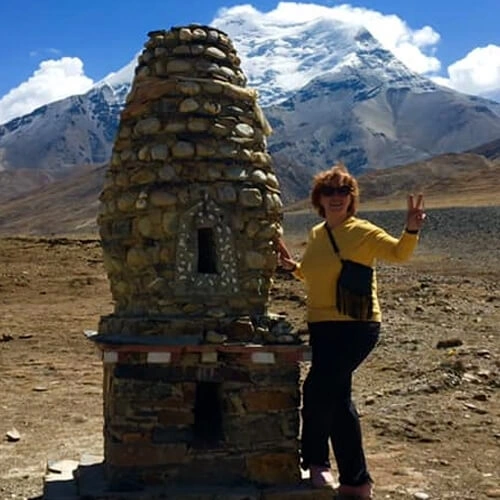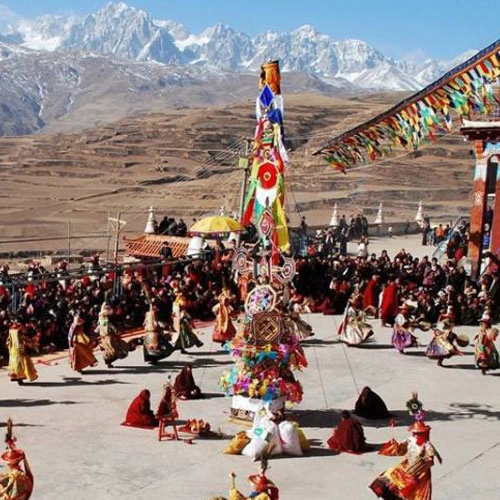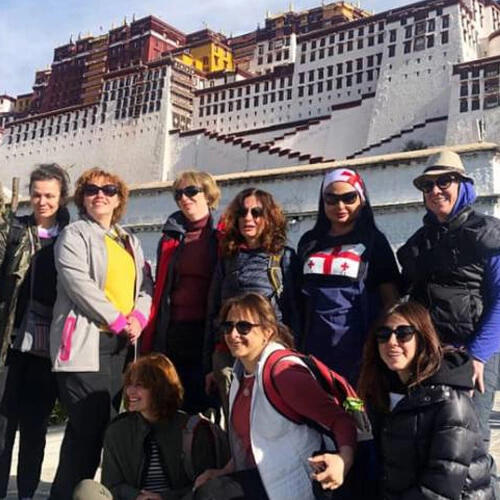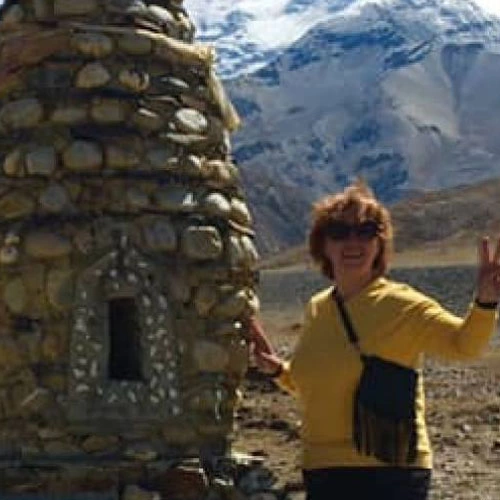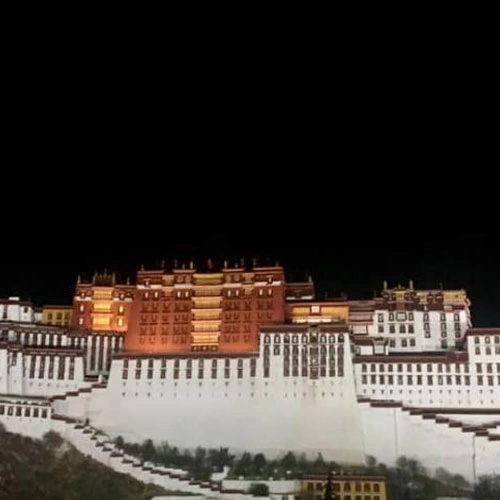Tibet
Tibet is an autonomous state of China lying in the northern Himalayan Mountain Range, sharing a border with the neighboring nation of Nepal. Tibet is the homeland of Tibetans and is also the home of the Tibetan Buddhist spiritual guru, the Dalai Lama. Because of its natural beauty and the great historical significance attached with it, Tibet has been the center of attraction for many tourists over the years. Many visit the autonomous province to explore its natural beauty and also have a look at the amazing art, architecture, and culture of the region.
For thousands of years, Tibet lay under the ancient Sea of Tethys. Eighty million years ago, India crashed into Asia, pushing up the Himalayas, lifting the ocean bottom above water, and creating this magical land. Mystical land, Shangrila, Forbidden Country: Tibet has many names and inspires an air of mystical dreams. However, Tibet is real and it is a beautiful place to travel. It possesses a unique culture, firmly rooted in Tibetan religion, with strong influence from the geography of the Himalayas, and the neighbouring civilisations of India and China.
Geographically, Tibet can be divided into three major parts - north, south and east. The eastern part is forest region, occupying approximately one-fourth of the land. Virgin forests run the entire breadth and length of this part of Tibet. The northern part is open grassland, where nomads and yak and sheep dwell. This part occupies approximately half of Tibet. The southern and central part is agricultural region, occupying about one-fourth of Tibet’s land area. All major Tibetan cities and towns such as Lhasa, Shigatse, Gyantse and Tsetang are located in this area and it is considered the cultural center of Tibet. Tibet is unlike any other place in the world, and if you have the opportunity to visit, take it.
